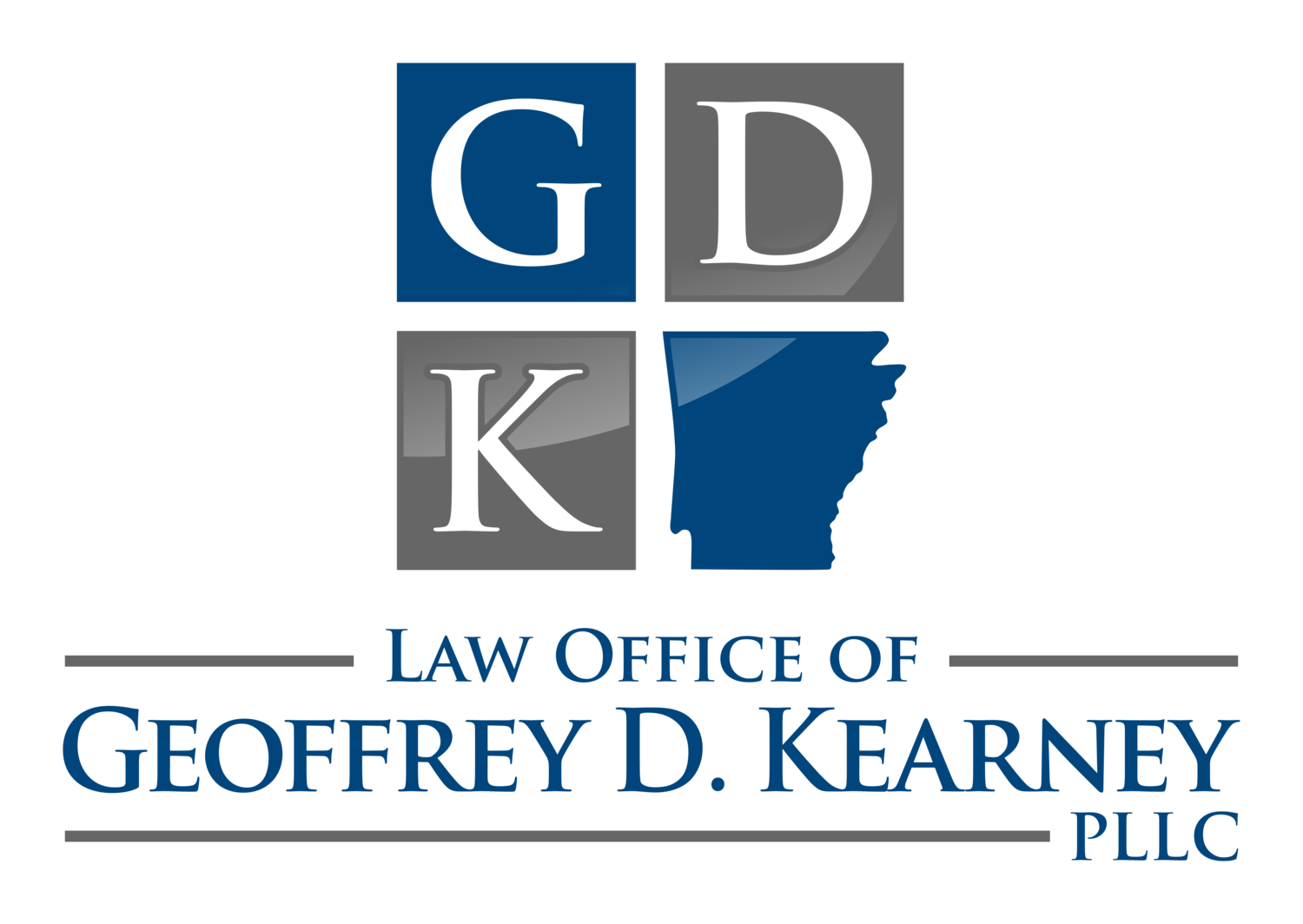The Steps in an Arkansas Personal Injury Case
A common question for those who have suffered a personal injury and are seeking an Arkansas personal injury attorney is what happens between the accident and the closing of their case. Obviously each case has its own facts and might offer its own wrinkles, but the following provides a basic timeline of what you should expect.
The overarching thing to keep in mind with any personal injury claim is that the primary issues are liability and damages. Liability essentially refers to the question of who is at fault. If you are injured but at fault, you will not be able to recover from other parties involved in the incident. The damages in a case refers to how much financially compensable harm you suffered. This figure is based on such factors as the cost of the medical treatment received and anticipated in the future, wages lost as a result of the injury, and the pain and suffered caused by the incident.
As your case progresses, it is important to keep in mind that everything you do has an effect on your ability to prove your case and receive the level of compensation that will come closest to making you whole. Conversely, the other side--typically an insurance company that wants to pay out as little as possible—will be doing its best to find and poke holes in your case. It’s up to you and your attorney to try to keep that from happening.
1. Incident. This is obvious, but the first thing to happen in this process is the actual occurrence. Whether a car accident, big truck accident, slip and fall, assault/battery, or other event, it’s likely a difficult, hectic time. However, the occasion giving rise to your injuries and the aftermath is an extremely important stage in your case for establishing and understanding liability and damages. Do your best to document evidence by, for instance, taking pictures of the scene and physical and property damage, getting the name, contact info, and if possible, a statement, of witnesses on the scene, and requesting that an incident report be taken. Relatedly, you will want to obtain the name, insurance information, and other information for everyone involved in the incident.
2. Get Medical Attention. Being seen by a medical professional is extremely important. You do not want to have an injury get worse due to inattention. You also do not want to have problems receiving compensation for your personal injury due to an insurance company casting doubt on your claim on the basis that you did not get treated right after the accident. It is hard for you to know what effect an accident has had on your body, so even if you do not “feel” injured in the immediate aftermath of your accident, the sensible action is to get checked out and, as necessary, treated. When you do, give the medical professional treating you a thorough rundown of what you are feeling, and get continuing/follow-up medical care as necessary.
3. Consult with and retain an Attorney. Perhaps the insurance company of the person whose negligence injured you has made a settlement offer. Maybe you think it’s a good one. However, the majority of initial settlement offers, especially those made to an unrepresented injured person, are for less than the value of the case. Therefore, you should at least consult with an attorney. The vast majority of law firms representing plaintiffs in personal injury cases accept cases on contingency, and only receive a fee if they recover damages for you. Our office is happy to consult with injured individuals about their cases and to help ensure they get the compensation to which they are entitled.
4. Investigation and Evaluation of Claim. This part of the process will entail the evaluation of your personal injury claim for liability and damages. Your attorney’s office will have discussions with you and, as appropriate, your family members and witnesses, and evaluate evidence relating to the incident. Additionally, your medical records will be collected and reviewed. Any evidence, such as pictures and video and incident reports, will also be evaluated. Statements form witnesses might also be obtained. Depending on certain factors, such as the nature of your injuries, this process could take time.
5. Demand Letter and Negotiation. After you and your attorney have a good handle on the nature of your injuries and needs, it will be time to present a claim to the opposing party. This will usually take the form of what is called a demand letter. The demand letter describes the events leading to your injury, details why you think the other party is at fault, and sets forth the damages you’ve suffered. It also provides the other party with your offer of settlement. It is rare that the opening offer is accepted. Likely, the demand letter is only the start of the negotiation process. In which, the opposing party will respond with their take on the case and likely make a counteroffer. This back and forth might tends to go on for several months or more.
6. Settlement or Filing of Suit. If liability is fairly clear, and your attorney is able to get a reasonable, acceptable settlement offer from the other side, your case will settle. In that case, you will execute settlement documents releasing your personal injury claims in exchange for your settlement check. If you have a good case but no agreement is reached, you will need to file suit to receive compensation.
As stated above, different cases have different facts, so each case will have wrinkles of its own. Along those same lines, some cases take longer than others. Sometimes obtaining medical records or negotiating a lien with a doctor’s office takes a while. Maybe the insurance company with which you’re negotiating doesn’t respond to correspondence that quickly. However long the case actually takes to resolve, it will generally consist of the above steps.
